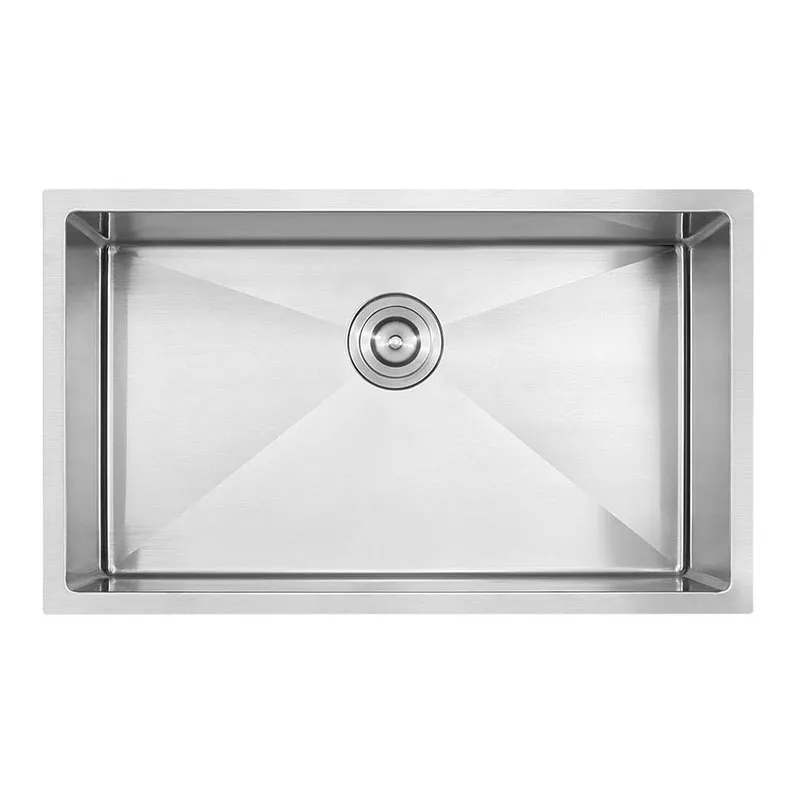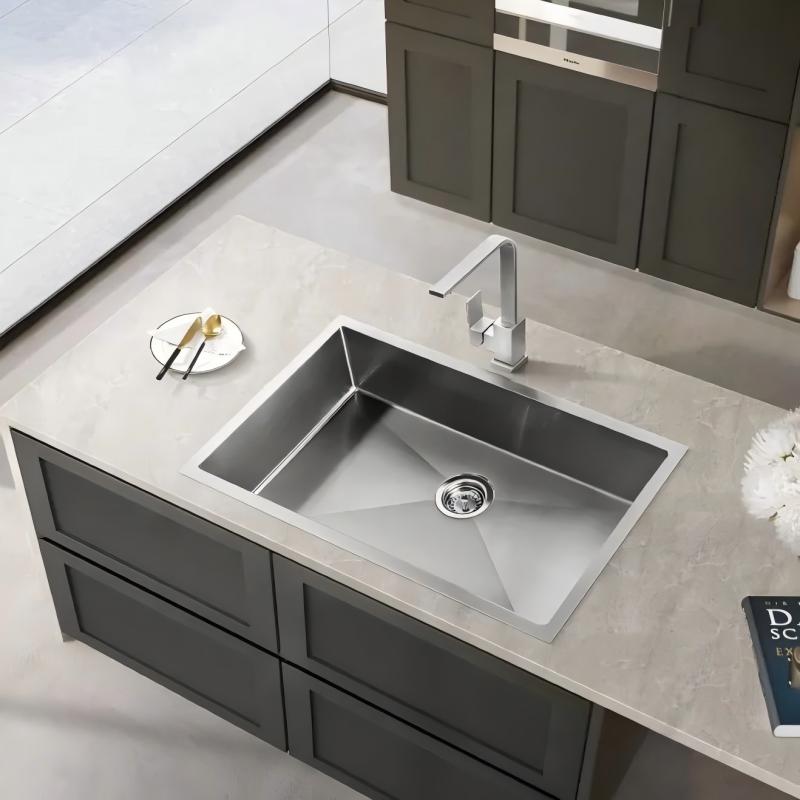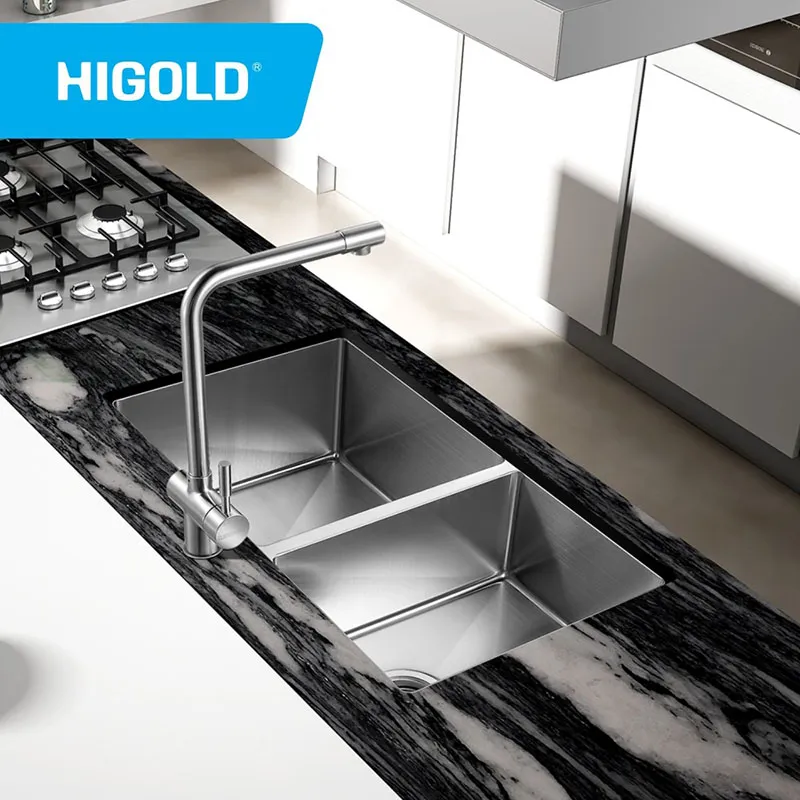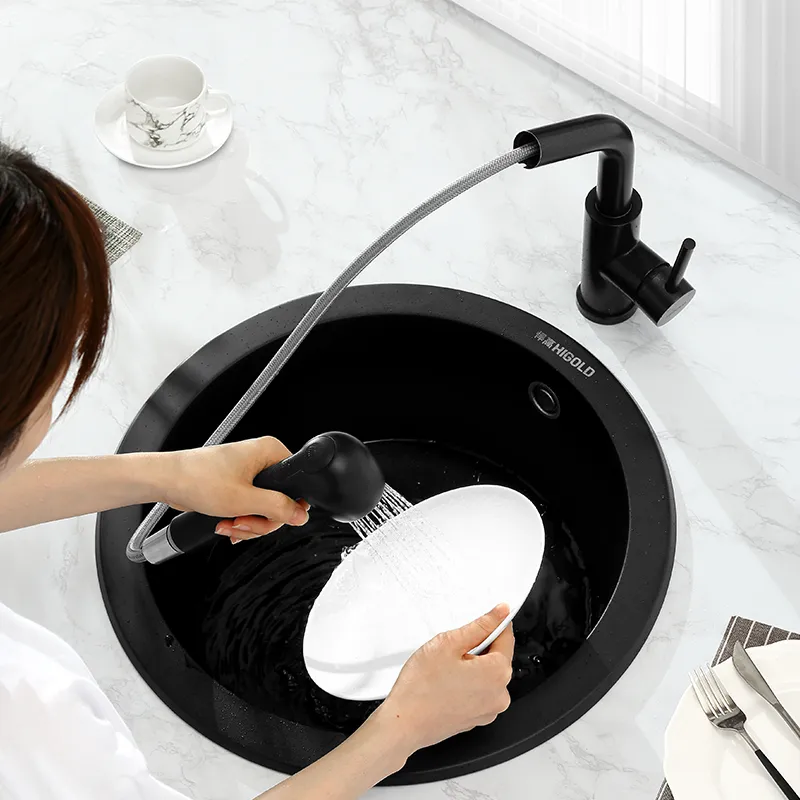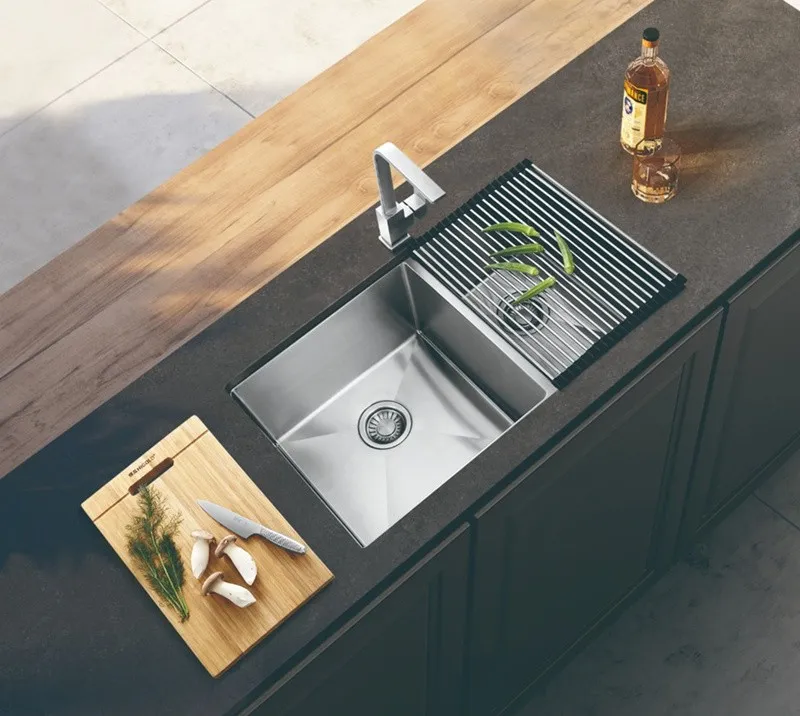Use a tape measure to measure the length and width of the countertop opening. Be sure to align the measuring lines with the ends of the opening to avoid measurement deviations. If the original undermount sink opening is not a perfect rectangle or square but has some curves or other shapes, measure the length and width of each side separately.
2025-08-18
Learn More

